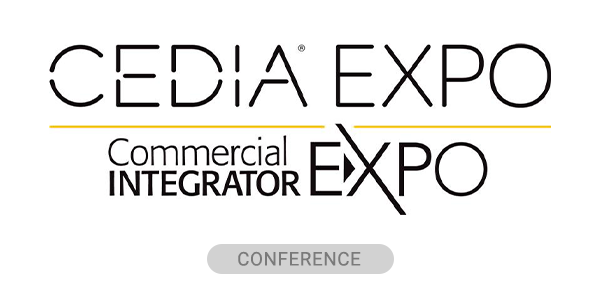The power issue within HDMI took center stage when the industry transitioned from HDMI Rev 1.3’s 10Gbps throughput to the 18Gbps demands of 4K video. At that point, active cable solutions became essential to support longer cable runs. However, as many now realize, most of these products drew power from HDMI’s internal +5V supply, a feature originally intended only for basic link maintenance, not to support power-hungry external devices. This is what we’re talking about when we mention the issue of “phantom power draw” today.
What Phantom Power Draw Means and How it Occurs
HDMI is fundamentally amixed-signal transmission line, simultaneously carrying high-resolution video, low-speed serial data, Ethernet, audio return, and multiple DC bias levels used for signaling and feedback mechanisms (e.g., Hot Plug Detect). Figure 1 illustrates how eight different power lanes, originating from the sink device, are routed back to the source via either the TMDS or FRL lanes through the HDMI connection.
But here’s the catch: with active fiber-based HDMI cables, the insulating nature of fiber optic transmission breaks this electrical path. The reverse bias lanes, critical for signaling back to the source, are electrically isolated. This creates a serious challenge, forcing cable manufacturers to engineer alternative methods of supplying this bias voltage back to the source. As shown in Figure 2, this workaround must be entirely handled by the cable manufacturer, as HDMI never intended for the source’s supply rail to support additional external demand.
This is where things begin to unravel. Drawing extra current from the HDMI bus to power these circuits leads to unpredictable voltage fluctuations, signal degradation, and even outright failure. HDMI’s +5V supply was never designed for this kind of load, and the additional draw disrupts voltage stability across the bus.
How Can Integrators Limit Phantom Power?
A common question we hear at DPL Labs is: “Why does a fiber cable work perfectly in one system and fail in another, even when the same fiber cable is taken from the same inventory?”
In most cases, the issue stems from differences in the source devices. Some source products provide higher current capability on the HDMI supply line, while others adhere strictly to the HDMI specification’s minimum requirement.
These differences are rarely documented in product specifications or user manuals, leaving integrators in the dark. Integrators should also recognize that power supply failures can manifest in various forms. One of the most elusive being long-term intermittent operation.
A system might perform flawlessly for weeks, months, or even years. However, if the power supply is operating near its threshold, even a 5% to 10% fluctuation could eventually trigger a failure resulting in costly and repeated service calls to the installation site. Not Pretty!
The only reliable solution is for cable manufacturers to provide an external power supply, an independent source that injects the necessary voltage into the system without burdening the HDMI bus. Unfortunately, the majority of fiber HDMI cables submitted to DPL Labs for testing fail to provide this addition to the product thus leading to widespread failure in our supply current and voltage compliance tests.
The bottom line: integrators must stay vigilant. Recognize the signs, keep an open mind, and remember that phantom power-related issues are among the most misunderstood and disruptive factors with long distance HDMI installations. Understanding these hidden pitfalls could save hours of frustration in the field.
As always, contact DPL Labs if you hit a brick wall.
Jeffrey Boccaccio, president of DPL Labs, can be reached at [email protected], or visit dpllabs.com.







